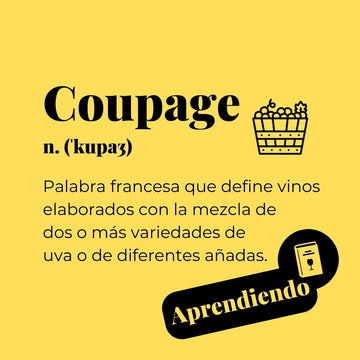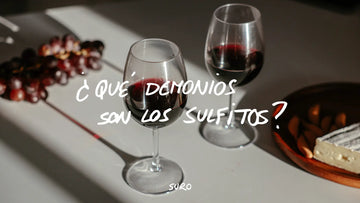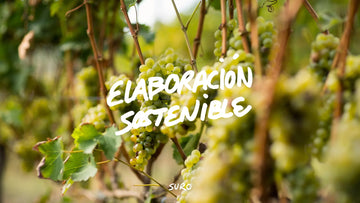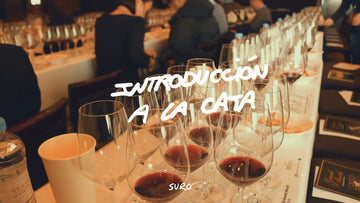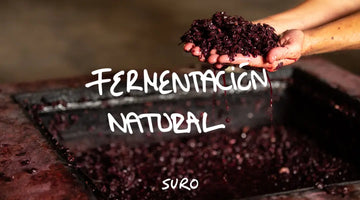Today we add a new entry to our #GlosarioBebedistinto. It is about the word coupage , a term that sounds a lot in the world of wine...
more detail
If we are purists in terms of definition, coupage means mixture or assembly. As you can see its meaning is easy to understand what it means in the world of wine: blend of wines.
Because?
Ok, the coupage is the term used to identify wines that are made with different grape varieties; but why is it done? The answer may sound simple, but it is such that to "play" with the different aromas and sensations of each grape variety, and thus achieve a more "complex" or even "personalized" wine, as with blends, if You add a different drink to a drink, it adds another flavor to a greater or lesser extent, depending on the amount or power it has or you put in it, right? Well, it's the same with wines, the must of one grape variety does not have the same flavor as another, so by mixing several it is possible to "play" with new sensations.
You may have heard of coupage referring to wines from different vintages. Without going too much into the subject, and leaving it very superficial (since we can talk long and hard for another day), in this case it is not so much “playing” with grape varieties but from different years, since each one can be different.
The classic coupages
In general, different wines have a different coupage , since it depends on the vintage and what the winemaker is looking for with his game of proportion of different varieties that are used.
However, as a curiosity, there are some Denominations of Origin that "force" that in the case of coupage , a percentage be of a certain variety. This is the case of the DO Rioja, in which there are 100% Tempranillo wines, but there are also blends with other varieties, in which the requirement is that between 95 and 85% be of this variety. The classic blends are those that incorporate Mazuelo and Graciano. In the case of the Ribera del Duero, they must have a minimum of three quarters of Tempranillo or tinta del país. And, to take another example, traditional cava contains Macabeo, Xarel lo, and Parellada, while French champagnes generally blend Pinot Noir, Pinot Meunier, and Chardonnay.
Did you know what coupage was? What other concept would you like us to explain?

